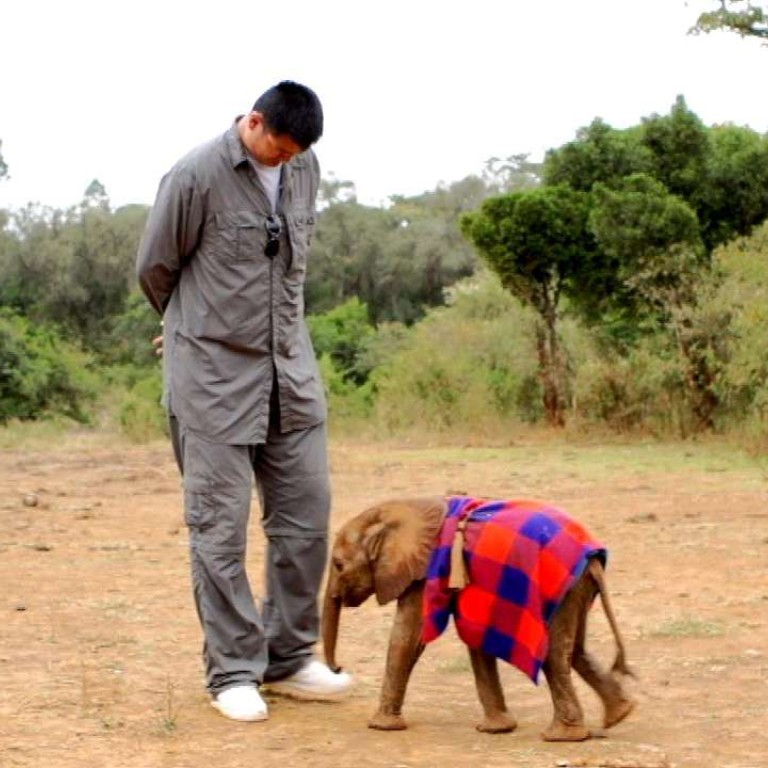
An end to the ivory trade in Hong Kong moves a step closer
Bernard Chan says a year after the chief executive’s pledge to end the trade to try and reverse declining elephant numbers, a bill on how to implement change will soon be introduced in the Legislative Council
People around the world have been carving elephant tusks since ancient times. Some ivory goblets found in Shang dynasty tombs in Henan (河南) are over 3,000 years old. Ivory was a special material. It could be carved in very fine detail and is long-lasting, so it makes excellent needles, chopsticks and combs. It is also rare, which makes it a luxury. As recently as a few decades ago, the world’s best pianos still had ivory keys because no synthetic material could match the feel. Then scientists invented a new form of plastic that could do the job.
The fact is that we no longer have any need for ivory
The fact is that we no longer have any need for ivory. And if we are not careful, we could kill off the elephants. The number of African elephants fell by around 90 per cent in the past 100 years, to fewer than half a million today. They could be extinct in the wild in a decade. In order to protect elephants, the international community has curbed the ivory trade since 1990. For a while, this had an effect. But in recent years, demand has been growing, especially from China. High prices mean big profits for poachers and smugglers, and the killing of tens of thousands of elephants every year.
Hong Kong has played a role in this business for many years. In the 1960s and 1970s, thousands of craftsmen carved ivory for export in local factories and workshops. Only a handful of these specialists remain, but dozens of merchants still have licences to sell inventories from before 1990.
Ivory traders need to give up the ghost

There is no room for complacency. The scarcer ivory becomes, the more some people are willing to pay for it
Under the plan, ivory craftsmen would be eligible for a one-off payment worth several months’ salary. The government would also help find them retraining courses so they could move to other work. However, there would be no compensation for the ivory traders. In theory, the trade is small-scale. And these traders have had plenty of time to sell their inventories.
The traders are predictably angry and demanding compensation for the loss of their business. But they are not a highly influential lobby, and they do not have much public sympathy.
Environmental activists are not totally happy either. They would prefer a quicker timescale to phase out ivory trading. They are also concerned that more and more illicit ivory will be trafficked through Hong Kong in the intervening years.
On this last point, law enforcement agencies are prepared. The Agriculture, Fisheries and Conservation Department took action just last month against a shop selling post-1990 ivory detected using carbon-dating.
The issue is now moving into the Legislative Council – the environmental affairs panel will be discussing the proposal the week after next. If all goes well, the government could put legislation before the council within the next few months.
Hong Kong’s illegal ivory hub status ‘could grow after planned mainland China ban’
However, there is no room for complacency. The scarcer ivory becomes, the more some people are willing to pay for it. More bans on ivory trading or possession might drive the illicit business deeper underground. The financial incentives for poachers and smugglers could grow.
Some economists want to see the development of a sustainable industry, which could harvest a steady supply of legal ivory.
Watch: Saving Africa’s giants with Yao Ming
An alternative approach is that taken by basketball star Yao Ming (姚明) and other celebrities: organising publicity campaigns to spread the message that killing elephants to make little statues is simply not cool.
Bernard Chan is a member of the Executive Council

